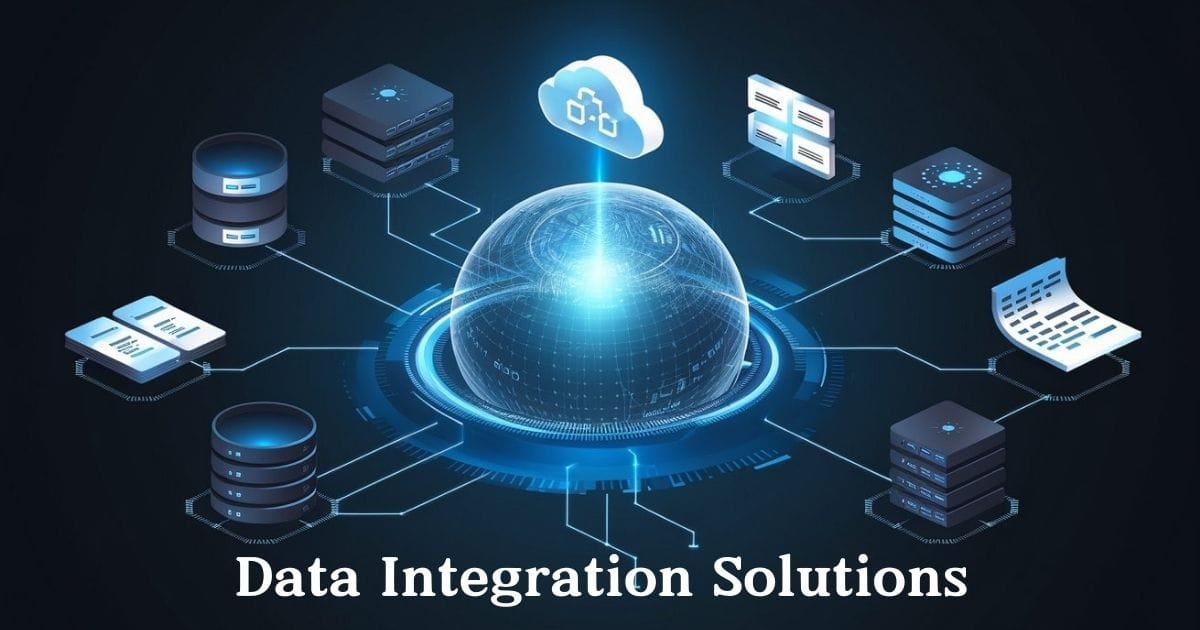

Big data is becoming increasingly crucial for businesses across all industries. As data’s value rises, organizations continually seek new Data integration solutions to optimize the data they gather and store.
Recent advancements in cloud computing and AI have greatly improved extensive data integration, enhancing the effectiveness of integrated data solutions. These technologies make data more accessible, higher in quality, and secure. The future of data integration looks promising, with innovations on the horizon that will provide better access and management. Let’s explore some of the most important recent trends in data integration and innovations we can expect to see soon.
Here are eight key trends and technologies that are enhancing data integration and will shape future best practices for data integration solutions:
Gone are the days of waiting for large amounts of data to be processed. Real-time integration, which uses change data capture, allows businesses to extract and analyze crucial data much faster. Parallel processing allows you to gain insights without overloading your system, making it a vital aspect of any effective data integration solution.
While cloud computing has been around for a while, recent advancements have made it easier for those without coding skills to set up data storage in the cloud. This shift simplifies combining different data sources and accessing them quickly and affordably. With edge computing now integrated into cloud tools, data integration can be even more efficient, enhancing overall integrated data solutions.
As businesses move their data to cloud servers, the distinction between extract, load, and transform (ELT) and extract, transform, and load (ETL) processes is becoming less important. A new approach, called extract, transform, load, and transform (ETLT), is emerging to improve data quality by continuously refining the data for distribution, making it an essential part of future data integration solutions.
New no-code and low-code tools make data integration processes faster and more user-friendly. These self-service cloud tools enable people without coding experience to handle data collection and analysis, allowing more stakeholders to benefit from the data and increasing the effectiveness of integrated data solutions.
The Internet of Things (IoT) comprises internet-connected devices sharing data. The amount and complexity of data shared from these devices are growing, as are the methods for integrating this real-time data for business use. Advances in 5G technology and edge computing make data transmission and processing faster and easier, enhancing various data integration solutions.
The data mesh approach, introduced in 2019, offers an alternative to traditional data lakes. Instead of centralizing data storage, data is distributed directly to those who need it, allowing quicker access. However, it’s essential to have a structured process to convert and analyze this data effectively to ensure successful integrated data solutions.
AI and machine learning are key drivers in making data integration faster, easier to access, and of higher quality. These technologies allow for more seamless integration processes, enabling non-experts to access reliable data. For example, machine learning can analyze customer data from various sources, continuously improving and refining it, enhancing data integration solutions.
As data integration processes increasingly move to cloud environments, robust cybersecurity and strong governance frameworks are critical. More organizations are adopting Zero-Trust Architecture (ZTA) and stricter data access permissions to ensure data protection, requiring a focus on responsible data management and access controls, essential for effective data integration solutions.
Data is essential for business, and here are some statistics that highlight the direction of data integration:
By embracing these emerging trends and investing in effective data integration solutions, businesses can better leverage their data for improved decision-making and operational efficiency.






Welcome to IT Business Digest, your ultimate source for the latest information technology news and updates. Stay ahead with our in-depth coverage of emerging technologies, industry trends, and expert insights.